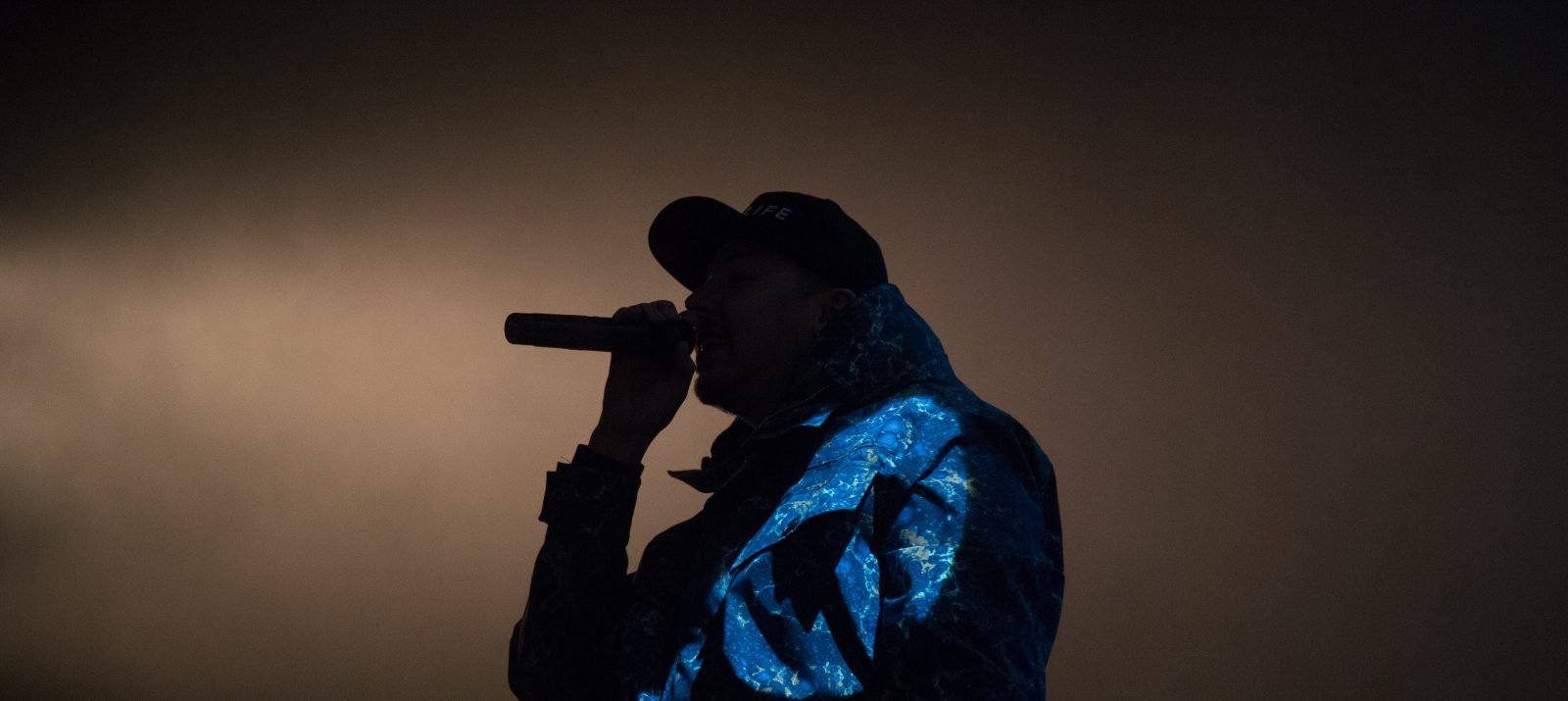
This article is a guest post by Dr. Daniel Hajok.
With the scandal surrounding Farid Bang and Kollegah at the last ECHO awards, gangster rap has once again entered the public discussion. Parents, who all too often observe an enthusiasm for hip-hop in their children, ask themselves in view of the criticized crass lyrics whether what today reaches young people mainly via YouTube, earplugs and concert visits is not a serious danger for growing up.
With its roots in the African-American ghettos of the U.S., hip-hop was already dealing with ‘hard issues’ in the 1970s, social ills, social inequalities and more. From the beginning, the artistic means of expression was not only the power of spoken word (rap), but also DJing, break dancing and graffiti promoted the rise of hip-hop to a significant subculture, with which initially the socially disadvantaged youth and young adults of large US cities identified.
Hip-hop achieved commercial success and popularity beyond the country’s borders when rap music was put on records and on the radio. This quickly aroused the enthusiasm of young people in other countries as well: Hip-hop became the most important music-related youth culture worldwide – and has remained so to this day. In Germany, the scene emerged in the 1980s. The following continued to grow in the following period and in the 1990s the first rappers with German-language lyrics had great commercial success.
Many parents are horrified when they hear the lyrics of Kollegah, Bushido & Co. Nevertheless, gangsta rap has long been a very important and at the same time youth-affine hip-hop genre in Germany as well. Stylistic features include crass language and a demeanor of ‘masculine toughness’ on the part of the protagonists. Although there is a lot here about social grievances and social inequalities, the focus is often on the staging of the stars of the scene with things that you really don’t want with regard to your own children: violence and crime, devaluation of weaker people and the enhancement of the ego with power and status per se.
The German gangster rappers often have a migration background and have experienced exclusion and disintegration in ‘problem neighborhoods’ of our big cities. The identification potential is therefore particularly high for young people with similar experiences. The commercial success of gangster rap is due not least to the increasing enthusiasm among young people from ‘good homes’. Again, many like the fat beats and wordiness of the stars surrounded by money, cars and women. Via gangster rap, they can immerse themselves in the fascinating world of ‘Sex and Crime’ at any time and thus set themselves apart from their parents.
Gangster rap often offers our children very questionable identity designs. However, it does not affect them negatively per se. Likewise, the mostly young fans do not adopt the transported values, such as the power of the strongest and women as sex objects, one-to-one in their lives. In many places, the texts also encourage people to take a critical look at themselves and open up discussions in the clique about social ills and crime in problematic urban environments.
Gangster rap has a particularly dangerous potential when it appeals to young people with its music and the verbal battles between the cool stars, but the lyrics and video clips portray violence, criminal lifestyles, drug use, homophobia and contempt for women as worthy of imitation and promising success – and are not critically questioned. In these cases, young people may well be impaired or even endangered in their development into a self-reliant and socially competent personality.
Even with gangster rap, you are faced with the difficulty of not unthinkingly ‘maddening’ your children’s preferences while still showing a clear attitude of your own. To become aware of this, you should first ask yourself: What music did I use to set myself apart from my parents back then? How do I feel about depictions of violence, crime, and discrimination? What negative influences on my child’s development do I fear? Can I also get something positive out of her/his preference?
In any case, parents should not completely lose sight of their charges’ exposure to music, and should even take it as an opportunity for discussion. What does my child like about gangster rap anyway – and what doesn’t? How do you yourself feel about the texts and the images of the clips? In order to be able to show your own children the limits of what is tolerated and also to enforce them in everyday life, you as parents should also know the most important legal rules and be aware of the possibilities of appropriate educational interaction. The Federal Review Board for Media Harmful to Young People (BPjM), for example, has prepared a number of reports on the topic.
About the author:
Dr. Daniel Hajok is a communications and media scientist. He works as an expert witness, empiricist, seminar/workshop leader, and technical writer. His work focuses on media, society and social work, child and youth media protection, media education research and practice.